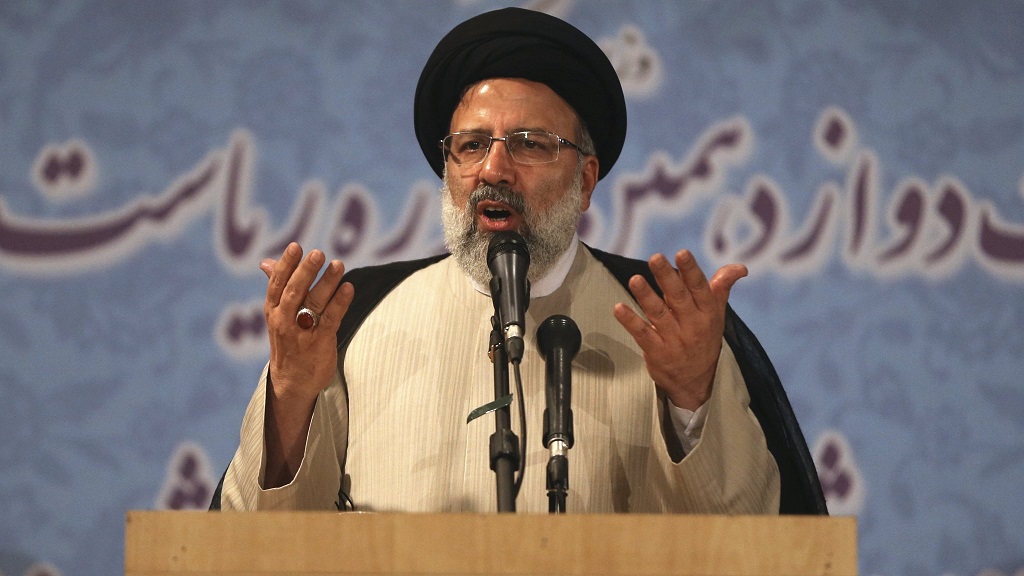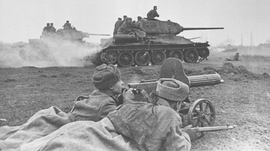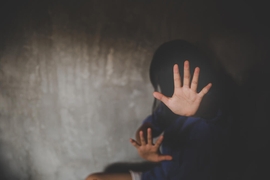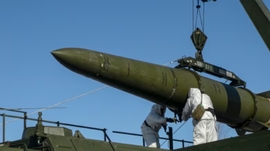While Iranians are set to cast ballots in the country’s twelfth presidential election next month, political analysts and regional experts are divided over its meaning and what the outcome may spell for Iran and the Caspian region.
“We are now in a critical situation and we should show our unity and power to the world,” said Iran’s incumbent President Hassan Rouhani earlier this month during a meeting in Mazandaran province, which borders the southern shore of the Caspian Sea, as he called for robust voter turnout.
On May 19 six candidates will face off in what is a race for the country’s second-highest official post. To claim victory, a candidate needs a simple majority, or more than 50 percent, of the popular vote. If no one wins an outright majority the two candidates with the most votes in the first round go head-to-head in a runoff one week later.
Some say the current government, led by Rouhani and who is considered a moderate, can retain power and lead Iran for another four years, easing tensions with the US and Europe and reintegrate the country into the global economy.
“The removal of sanctions due to Iran’s nuclear weapons activity was a major victory for the current government, and Rouhani and his allies will want to continue the ideas of re-integration with the rest of the world,” Rüçhan Kaya, a visiting Assistant Professor in the Department of Political Science at Texas A&M University, told Caspian News.
In July of 2015 Rouhani’s government reached a historic deal with the P5 +1, or the five permanent UN Security Council members plus Germany, known as the Joint Comprehensive Plan of Action (JCPOA). The deal provided economic relief to Iran by easing sanctions, in exchange for Tehran agreeing to limit its nuclear program. By January 2016, some sanctions started to be lifted and money flowed back into the Iranian economy.

But some say this year’s election, and Rouhani’s concessions to the West, open a window for hardline conservative factions like that led by Ebrahim Raisi, who is running on the Combatant Clergy Association’s ticket. Tehran’s mayor Mohammad Bagher Galibaf, First Vice President Eshaq Jahangiri, former Vice President and Minister of Heavy Industries Mostafa Hashemitaba, and former Minister of Culture and Islamic Guidance Mostafa Mir-Salim are among the presidential hopefuls.
According to Iran’s constitution, first drafted in the wake of the 1979 Islamic Revolution, the president of Iran is elected for a four-year term by the direct vote of the people, and may not serve more than two consecutive terms. But it allows for a person to serve a single, non-consecutive third term.
Former hardline president Mahmoud Ahmadinejad, who served from 2005 to 2013, registered on April 12 to run. Just eight days later, however, Iran’s Guardian Council, a clerical body charged with vetting all candidates, disqualified Ahmadinejad.
“Almost thirty candidates were rejected by the council, yet Ahmadinejad was the most famous among them. Interestingly, upon his rejection, the former president did not endorse another conservative candidate yet,” Kaya said. “If Rouhani wins, we can continue to see the political opening of Iran to the outside world in the upcoming years,” Kaya said. “Yet, these are only guesswork attempts since the constitutional structure of Iran gives only moderate power to the hands of the president. Iranian domestic and foreign policy decisions are largely guided by the Supreme Leader and his appointees,” he explained.

While the country has a popularly elected president, the government is dominated not by an executive presidency but a theocratic figure known as the Supreme Leader, who is elected for life by a body of 88 Islamic clerics and scholars called the Assembly of Experts. Final decisions on matters of policy, amongst other things, rest with the Supreme Leader and not the president. Since the founding of the Islamic Republic of Iran in 1979, the country has had only two such leaders, Ayatollah Ruhollah Khomeini and the current Supreme Leader, Ayatollah Ali Khamenei.
Iran tends to follow a very different and separate policy agenda from its Caspian regional neighbors, which include energy-rich Azerbaijan, Russia, Kazakhstan and Turkmenistan.
The rolling back of sanctions, thanks to the JCPOA, reactivated Iran’s political and economic involvement with the region. With falling oil prices since mid-2014, which hit all the countries in the region hard, Iran went through economic troubles that forced Rouhani’s government to focus more on economic matters and less on geopolitical ambitions.
Some experts believe that the second term for Rouhani could see the similar economically-motivated behavior. Speaking to Caspian News, Elkhan Shahinoglu, head of the Atlas Research Center in Baku, said the government in Azerbaijan would like to see Rouhani in office for another term.
“During Rouhani’s tenure political, trade and economic relations between Azerbaijan and Iran developed, with the implementation of joint projects. To this end, Rouhani is an acceptable candidate for the Azerbaijani government compared to others,” Shahinoglu said.







 The post-Soviet countries, including Azerbaijan, Kazakhstan, Turkmenistan, and Russia in the Caspian region commemorate today the 79th anniversary ...
The post-Soviet countries, including Azerbaijan, Kazakhstan, Turkmenistan, and Russia in the Caspian region commemorate today the 79th anniversary ...
 President Ilham Aliyev announced a significant expansion in Azerbaijan’s gas exports to Europe while addressing a joint press conference with Slova...
President Ilham Aliyev announced a significant expansion in Azerbaijan’s gas exports to Europe while addressing a joint press conference with Slova...
 The Kazakhstan Foreign Ministry has responded to the allegations of domestic violence against one of its diplomats stationed in the United Arab Emi...
The Kazakhstan Foreign Ministry has responded to the allegations of domestic violence against one of its diplomats stationed in the United Arab Emi...
 Russia is set to conduct military exercises to practice the preparation and deployment for use of tactical nuclear weapons in response to the “prov...
Russia is set to conduct military exercises to practice the preparation and deployment for use of tactical nuclear weapons in response to the “prov...
 The modernized and expanded Georgian segment of the Baku-Tbilisi-Kars (BTK) railway is set to recommence freight operations this month.
The modernized and expanded Georgian segment of the Baku-Tbilisi-Kars (BTK) railway is set to recommence freight operations this month.



